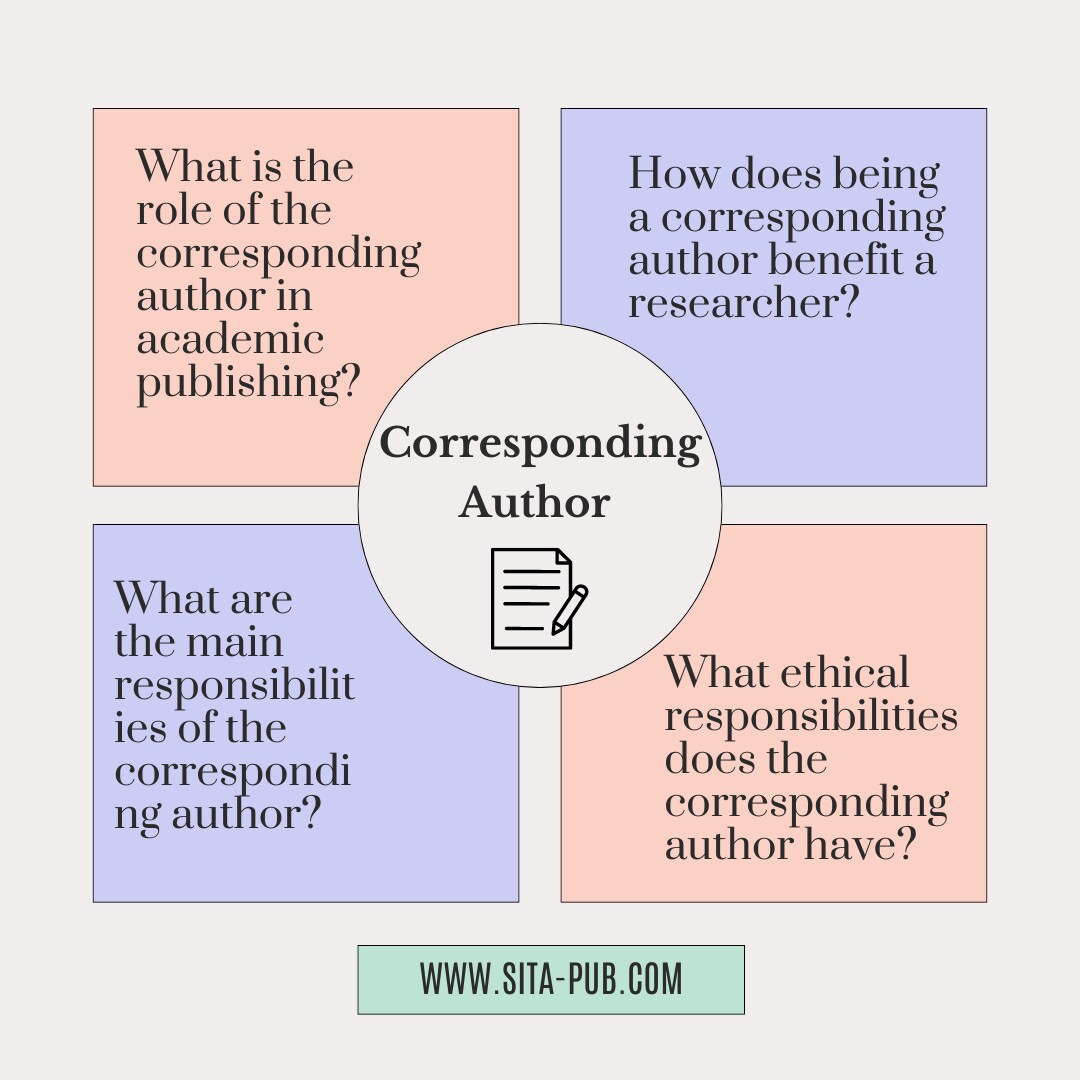The Role of the Corresponding Author in Academic Publishing


In academic publishing, the corresponding author is an important person who manages communication for a research paper submission. This person is the main contact between the authors and the journal, overseeing manuscript management. Knowing the roles and benefits of being a corresponding author is essential for anyone involved in research.
The corresponding author’s first job is to submit the research paper to the journal. This means checking that the paper follows the journal’s rules and includes all necessary documents, like cover letters. Paying attention to detail is very important to ensure the submission goes smoothly.
After the paper is submitted, the corresponding author communicates with the journal. They respond to any questions from the journal, such as requests for more information. This role requires good organization to keep all co-author communication updated on the paper’s status.
Often, research involves multiple authors. The corresponding author coordinates communication among these authors. This includes gathering feedback, discussing changes, and making sure everyone agrees on the final version before submission. Good teamwork is essential for producing quality research.
Once the paper is reviewed, the corresponding author must respond to any comments from reviewers. This might involve making changes to the paper and writing a response letter explaining how each comment was handled. This process is crucial for improving the paper and showing that the authors appreciate feedback, especially during the peer review process.
After the article is published, the corresponding author still has important tasks. They often answer questions about the research from the media, other researchers, or readers. This helps promote the work and increases its visibility in the academic community.

One major benefit of being the corresponding author is greater research visibility in the academic field. Their name is often highlighted in citations, attracting more attention to their work. This can enhance their professional reputation and lead to more research opportunities.
Being the corresponding author also provides valuable networking in academia. This position allows individuals to connect with journal editors, reviewers, and other researchers. These connections can lead to future research collaboration and invitations to conferences.
The corresponding author is often seen as the leader of the research project. This recognition can boost their authority and credibility in their field. Being named as the corresponding author shows that the individual is knowledgeable and capable.
Having a corresponding author creates clear responsibility for the research. This is especially important if there are any ethical questions. The corresponding author ensures that the work is honest and that all authors follow academic integrity and ethical guidelines.
Taking on the role of the corresponding author helps develop personal and professional skills. It requires abilities in managing projects, communicating, and resolving conflicts. These skills are useful in academia and many other jobs.

The role of the corresponding author in academic publishing is vital for a successful research project. From managing submissions and coordinating with co-authors to addressing reviewer feedback and handling questions after publication, the responsibilities are significant. The benefits of greater visibility, networking opportunities, and establishing authority make this role appealing to many researchers. Understanding these aspects is important for navigating the journal submission process effectively.
Ready to simplify your publication journey? SITA Academy can expertly manage the connection between you and the journal, ensuring smooth communication and efficient manuscript submission.
If you have any questions, inquiries, or would like to learn more about our services, please don't hesitate to reach out to us. Our dedicated team is ready to assist you.